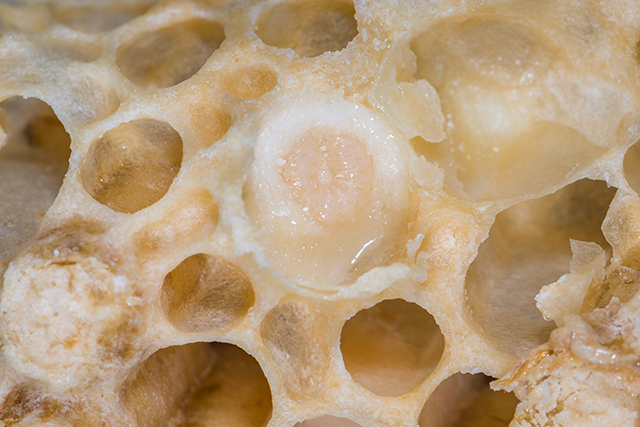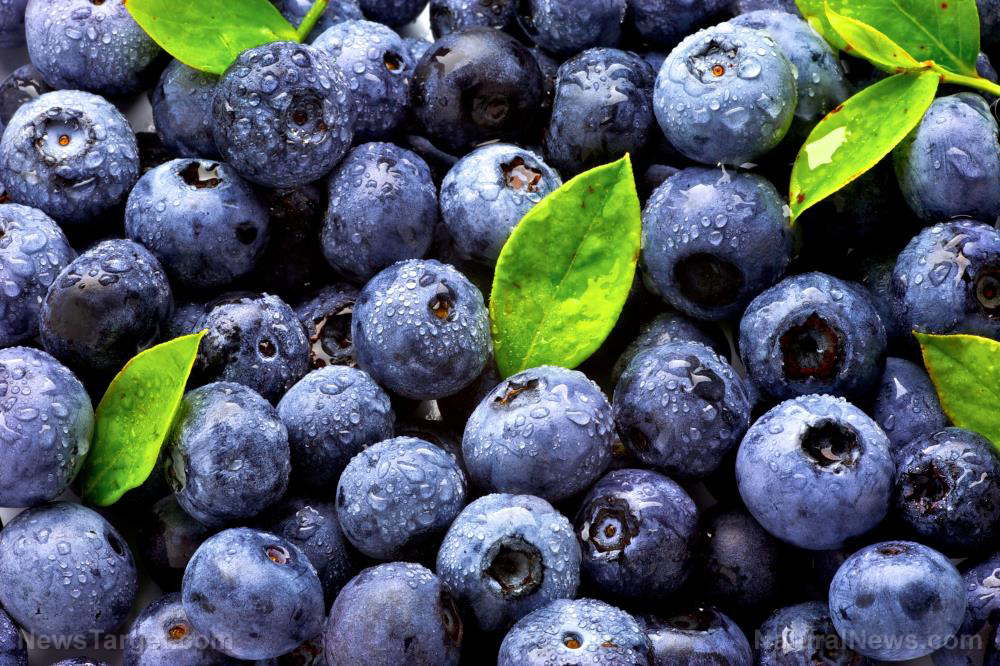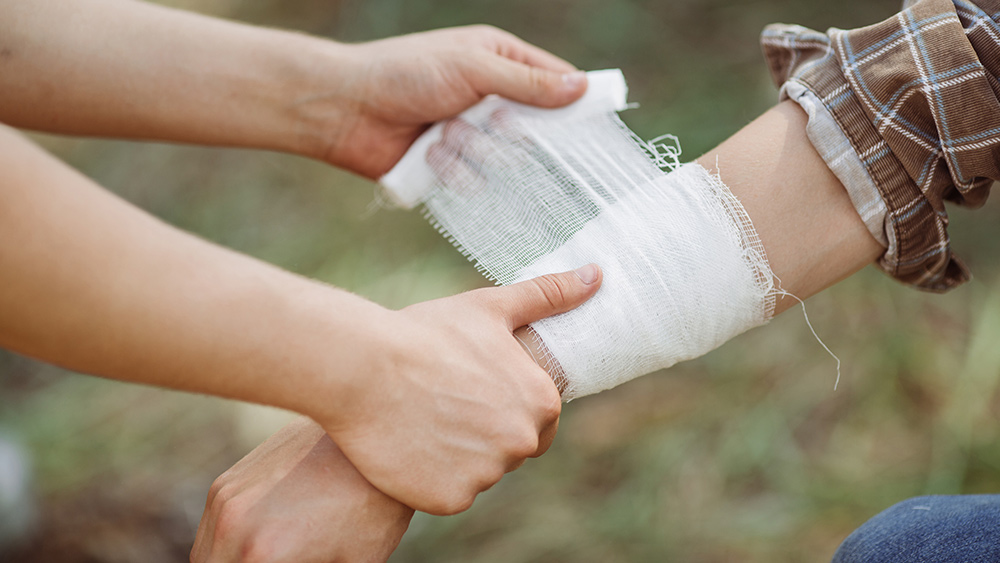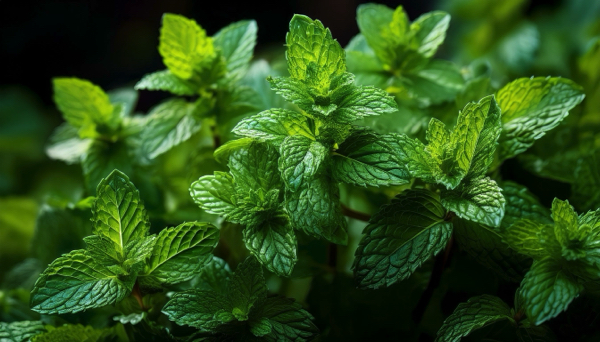The 5 strangest reasons you’re not losing weight and what to do
06/17/2024 / By News Editors
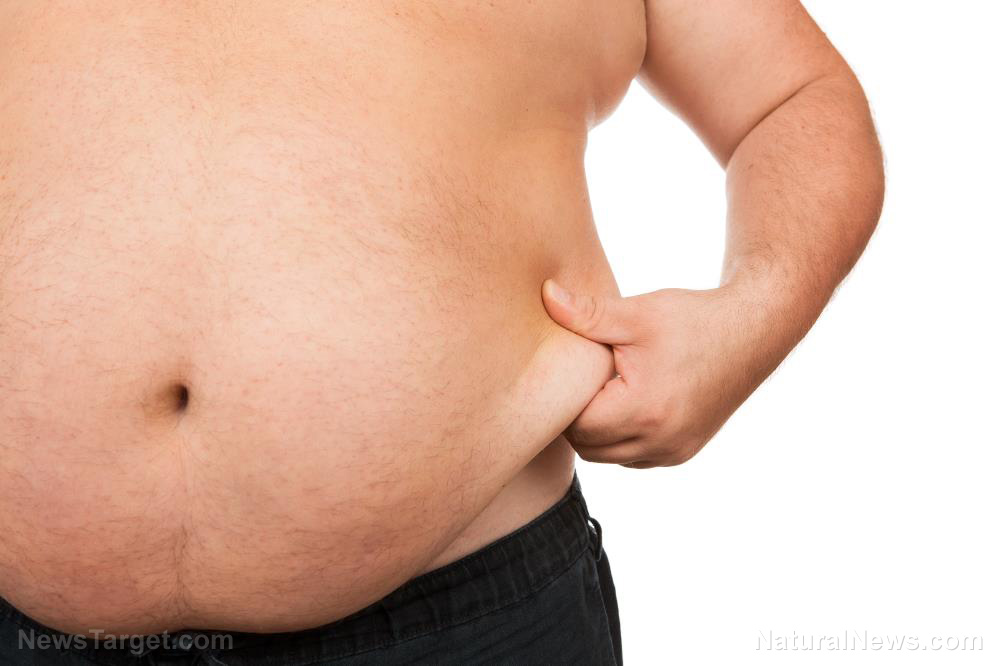
An interview with “First Lady of Nutrition” Ann Louise Gittleman reveals five hidden causes of weight gain that might shock you
(Article republished from GreenMedInfo.com)
I sat down with New York Times bestselling author and creator of the Fat Flush diet, Ann Louise Gittleman, PhD, CNS to learn more about her latest book, The New Fat Flush Plan. Here’s what I learned.
The classic Fat Flush was first published more than 15 years ago and was really the book that launched the diet/detox revolution. What gives Fat Flush such longevity? The book challenged all the weight loss rules with unique protocols that produced faster and longer lasting results than any other diet book on the market. Fat Flush introduced the idea that the right fats can make you lean and trim, and how you can harness the fat burning power of the liver to supercharge healing, regardless of age and hormonal challenges. It’s a health book masquerading as a diet book!
Dr. Gittleman recently expanded and updated her bestseller to include, among other things, the latest science about 10 hidden weight gain factors that can sabotage even the most conscientious eaters. Below, she highlights five of these factors along with simple steps you can take to overcome them.
A Q&A with Ann Louise Gittleman, PhD, CNS
Q: What is the first weight gain factor people should be looking for if their weight loss efforts have stalled?
A: The first factor–and it’s a big one–is liver toxicity. If you have a roll of fat around your middle, you may have what is commonly referred to as “fatty liver.” What does this mean? It means your liver has stopped processing fat and begun storing it. When the liver is sluggish every organ in your body is affected, and your weight loss efforts will be blocked from almost every angle.
The liver performs many functions, including metabolizing carbohydrates, proteins and fats, as well as critical detoxification to neutralize the myriad of toxins that assault our bodies each day. But when your liver is overloaded with pollutants and metabolic waste, it no longer performs as it should and hormone imbalances develop, fat accumulates in your liver, under your skin and in other organs. Cellulite, weight gain, and accumulation of belly fat are signs your liver may be in toxic overload, which can really throw a wrench into your metabolic engines.
In protein metabolism, the liver converts amino acids from food into various proteins that impact your weight in numerous ways. Proteins play an important role in the detox process, helping transport waste to your liver for detoxification and elimination through the kidneys. Many foods and other factors are quite hard on the liver including excess sugar, trans fats, medications, insufficient fiber, and overdoing caffeine and alcohol. Only when you bring your liver back to full function will you lose this fat.
Q: If you have a tired and toxic liver, how can your Fat Flush program help?
A: Fat Flush cleans out your liver and gets your metabolic burners firing again through a combination of detoxifying drinks, high quality proteins, nutrient-dense plant foods (including carefully selected herbs and spices) and supplements. This brings me to the second hidden weight gain factor that hardly anyone talks about-bile and the gallbladder.
We really can’t discuss the liver without talking about bile. One of the reasons your liver might be storing fat is bile shortage or congested bile, which means it is too thick and sludgy. The truth is that without appropriate bile, your body can’t process dietary fats. No matter how many good fats you consume, your body can’t use them without adequate bile. This is the reason many people are not succeeding on modern higher fat diets (paleo, ketogenic diet, etc.)-bile is the missing link.
Your liver, in its infinite wisdom, synthesizes and secretes about a quart and a half of bile daily and then stores it in your gallbladder. Bile is the key to absorbing and assimilating fat as well as serving as a toxic waste dump for excess chemicals, hormones, drugs, heavy metals and other toxins that eventually need to be eliminated from the body.
Remember that fat, not carbohydrate, is the preferred fuel for your body’s trillions of cells. Your cell membranes and vital organs are comprised of fat, with your brain being more than 50 percent fat. Without adequate bile, your body can’t absorb fat-soluble vitamins like vitamin A (the infection fighter), vitamin E (the fertility vitamin), vitamin K (the bone healer) and vitamin D (the healing hormone-like vitamin that increases immunity and wards off breast and colon cancers), and essential fatty acids including those wonderful omega-3s.
Bile is also the most overlooked detoxifier-one of the liver’s premier detox mechanisms-so the consequences of inadequate bile go far beyond the inability to lose weight. The quantity of bile your body can produce is directly proportional to the number of toxins it can eliminate.
We now know that by the time people develop allergies, arthritis and joint inflammation, they have a 75 percent bile deficiency, and by the time they develop a major chronic illness such as cancer or heart disease, their bile production is compromised by a whopping 90 percent. If you’re one of the millions of Americans who is missing a gallbladder, or you’re having fat digestion or detox issues, bile may be the critical missing link.
If you’ve had gallbladder surgery, you might be thinking, “But wait-my doctor told me I could live just fine without my gallbladder!” Well, you CAN, but you can’t be healthy without free-flowing bile. This miracle fluid is necessary to properly break down fats into usable fatty acids and maintain healthy cholesterol levels. If your liver can’t clear fats, then it most likely can’t break down hormones or other metabolic waste products either, and you can end up with hot flashes, night sweats, cysts, migraines, depression, weight gain and other problems.
Q: It sounds like bile is a game-changer. What can we do to fix this problem? And what if we no longer have a gallbladder?
A: Whether you still have your gallbladder or not, there are strategies for increasing both the quality and quantity of your bile. I have found a combination of six specific nutrients that does the trick: choline, taurine, beet root, pancreatic lipase, ox bile, and collinsonia root. These synergistically work to thin bile and increase its production, enabling your body to make proper us of those wonderful fats. Healthy bile also reduces your risk for gallstones and bile duct stones which cause so many gallbladder surgeries today.
When I discovered the high prevalence of the bile problem and there was no product on the market to address it, I created my own. Bile Builder is available through UNI KEY Health, for which I am a nutritional consultant and spokesperson. In terms of whole foods, you can eat more beets and bump up your consumption of choline-rich foods such as eggs, chicken, and collard greens. Add a tablespoon or two of lecithin to your smoothies because lecithin is super-rich in choline and great for your nervous system as well.[1]
Q: You’ve covered two hidden weight gain factors-the liver and bile. What is the next factor we should be aware of?
A: Many individuals carry an extra 10 to 15 pounds of fluid trapped in their body tissues, which contributes to bloat, puffiness and cellulite. My esteemed colleague Elson Haas, MD coined a term for this: “false fat.” Some of us-about 15 to 25 percent-are more salt-sensitive than others. Fluid retention can be caused by excess sodium, food sensitivities, hormones, adrenal stress and dysregulated insulin.
Estrogen dominance is notorious for creating water and sodium retention. Estrogen changes the way your body metabolizes the amino acid tryptophan, which is necessary for serotonin production. Serotonin deficiency can lead to food cravings, weight gain and depression.[2]
Food sensitivities may cause your body to hold on to extra fluid, particularly gluten, casein or lactose intolerance. The production of histamine and other chemicals causes blood vessels to expand and contract, leaking fluid into your tissues and triggering inflammation and swelling. This leaking fluid often brings protein along with it, which attracts sodium and still more fluid.
Because excess salt can cause fluid retention and “false fat,” my Fat Flush plan encourages you to replace table salt with herbs (parsley, cilantro, fennel, and anise), lemon juice, and iodine-rich seaweed gomasio. If you do use salt, make sure it’s natural sea salt as opposed to common table salt, as sea salt is lower in sodium and provides other minerals. Just use it sparingly.
False fat can be minimized by taking advantage of the foods Nature designed as perfect for humans. Consume more fresh vegetables and fruits, which tend to be rich in potassium. Potassium is an important mineral that helps balance out sodium in your body. Buy local produce-and whenever possible, organic-for optimal flavor and nutrition. Avoid processed foods, especially bouillon and commercial soups, breads, crackers, cheeses, chips, cured meats. Olives and pickles may also be very high in salt, so read your labels. Restaurant food is typically high as well, so you might want to make better use of your own kitchen.[3]
Q: If someone’s weight loss has stalled despite their best efforts, could they be eating the wrong type of fat-or even the wrong combination of “good fats”?
A: Absolutely! The fourth hidden factor involves insufficient omega-6 fats. But wait… I can already feel the stern gazes of contemporary nutrition gurus who for years have been warning us about overconsumption of omega-6 fats and underconsumption of omega-3s-but this issue is typically oversimplified and misunderstood.
People today are getting a huge dose of terrible quality omega-6s, largely from processed foods that contain cheap, rancid, highly refined (and usually genetically modified) inflammation-producing vegetable oils, which are omega-6s. This is the reason our omega-6 to omega-3 ratios are so far off-kilter. However, increasing your omega-3s solves only half of the problem.
When it comes to friendly fats, coconut oil and conjugated linoleic acid (CLA) have scored all the headlines lately, but gamma linoleic acid (GLA) is a secret rock star that never gets mentioned when it comes to weight loss-and it’s an omega-6. Most people today, even the most health-conscious individuals, are significantly low in GLA.
GLA has anti-inflammatory effects[4] and even helps relieve PMS, but when it comes to metabolism, GLA is unmatched in its ability to stimulate “brown fat.” Brown fat is the type of metabolically active fat mostly dormant in overweight individuals. Brown fat occurs in and around your organs and contains a greater number of mitochondria, which increase your energy expenditure. Back in the 1980s, GLA was discovered to stimulate brown fat activity.
Most people consume plenty of GLA’s precursor, linoleic acid (LA), but their bodies lack the capacity to convert that LA into GLA for several reasons-genetics being one. GLA conversion is also compromised by overconsumption of sugar and refined grains, insulin resistance, thyroid or pituitary problems, overeating, vegan diets, protein and vitamin deficiencies, stress and other factors.[5] Our ability to make this conversion generally decreases with age. If you’re stuck in your weight loss efforts, a GLA supplement may be just the ticket to get things moving again. The best natural sources are borage oil and black currant oil.
Q: That’s amazing, Ann Louise-such a simple solution! So, what’s the fifth hidden factor you promised to share with us today?
A: Last but not least, parasites could be sabotaging your health and weight loss efforts. Parasites are a hidden epidemic that often trigger weight gain, sugar cravings, anxiety and sleeplessness, and they wreak total havoc on your digestive system. Some of the risk factors for parasite exposure include travel, pets, daycares, restaurant dining, raw and undercooked foods (especially pork and sushi), and drinking tap water.
Parasitic infections have been a focus of my work since the 1991 release of my book Guess What Came to Dinner? Parasites and Your Health. Unfortunately, many people still dismiss parasites as a third-world problem but science says otherwise. A study[6] published in The American Journal of Tropical Medicine and Hygiene found that 32 percent of 2,896 people tested positive for parasitic infections, and at least 48 states have fought measurable outbreaks. It’s time this epidemic be brought into focus.
Parasites can do much more than stall your weight loss efforts. These organisms are the most immunosuppressive agents known to humankind, consuming your precious nutrients, producing toxic wastes, and eventually ravaging your cells and tissues. Parasites are particularly toxic to your liver and can cause biliary stones.[7]
A parasite infection will send your immune system into overdrive, producing a flood of cytokines that trigger all sorts of symptoms from sugar cravings and weight gain to bloating and constipation, food sensitivities, depression, migraines, seizures, allergies, rashes and the list goes on. Cytokines penetrate the blood-brain barrier and negatively affect your neurotransmitters, such as dopamine and serotonin. If you have these symptoms, it’s important you perform an intestinal parasite cleanse. If you want a definitive diagnosis, consider obtaining an expanded GI panel.
My program is loaded with natural approaches to evicting these unwelcome invaders from your body, including zinc and vitamin A. For example, my signature cran-water contains four uniquely antiparasitic acids.
I could go on, but this was intended to be just a little introduction to The New Fat Flush Plan. The good news is that by addressing these and other hidden weight gain factors, many have ended months and even years of frustration, finally getting their bodies back on track in terms of both weight and overall health.
Read more at: GreenMedInfo.com
Submit a correction >>
Tagged Under:
alternative medicine, bile, disease treatments, fight obesity, gall bladder, liver, nutrients, nutrition, slender, Super foods, weight loss, Xpost
This article may contain statements that reflect the opinion of the author
RECENT NEWS & ARTICLES
consumerwellness.info is a fact-based public education website published by consumerwellness.info
All content copyright © 2023 by consumerwellness.info
Contact Us with Tips or Corrections
All trademarks, registered trademarks and servicemarks mentioned on this site are the property of their respective owners.




